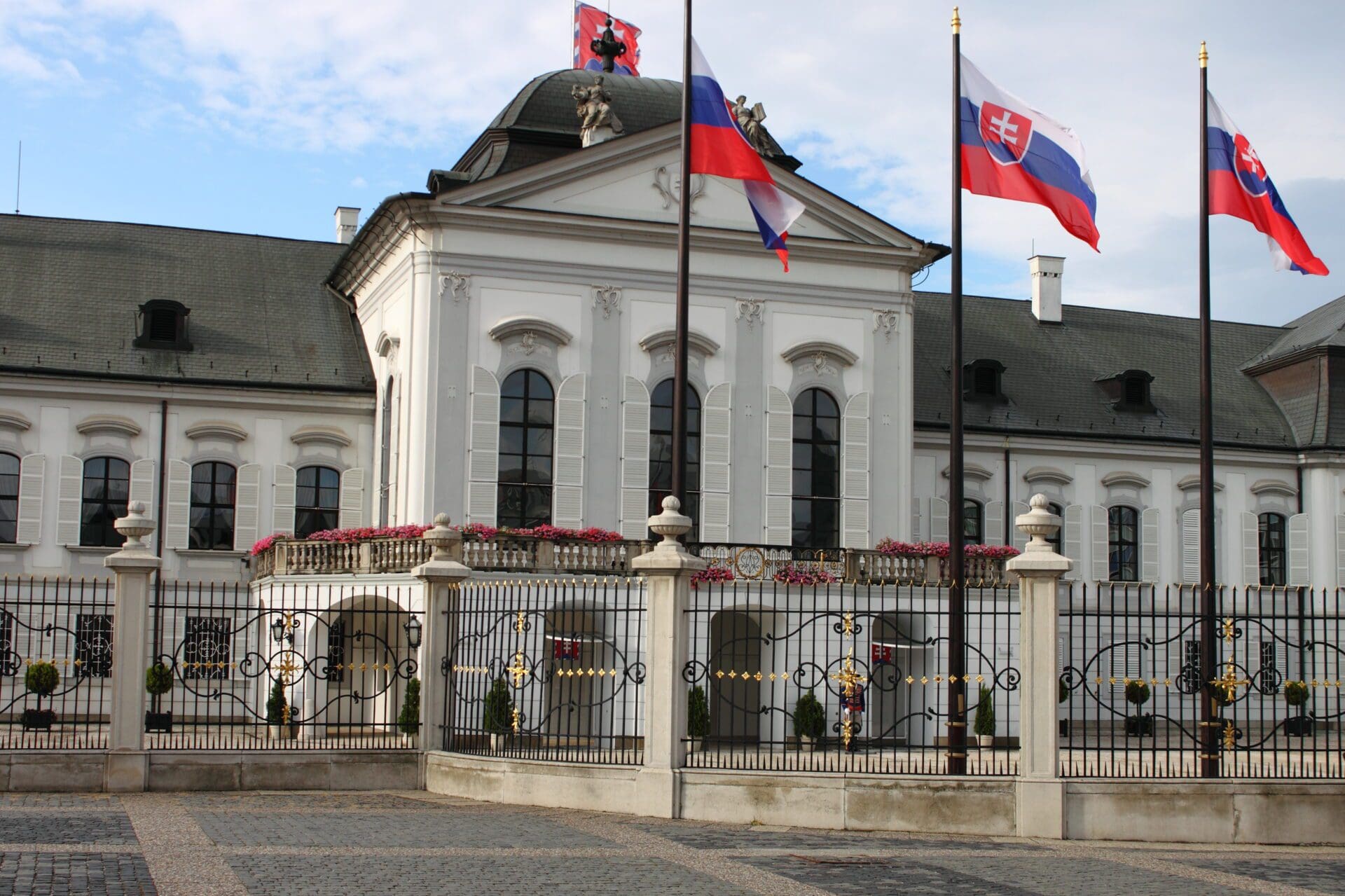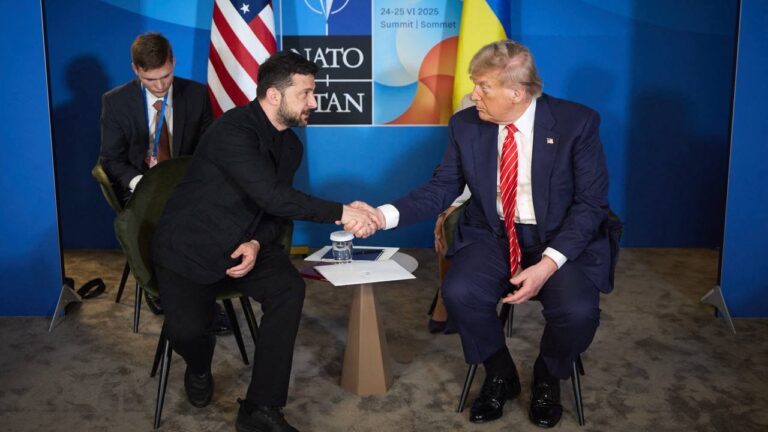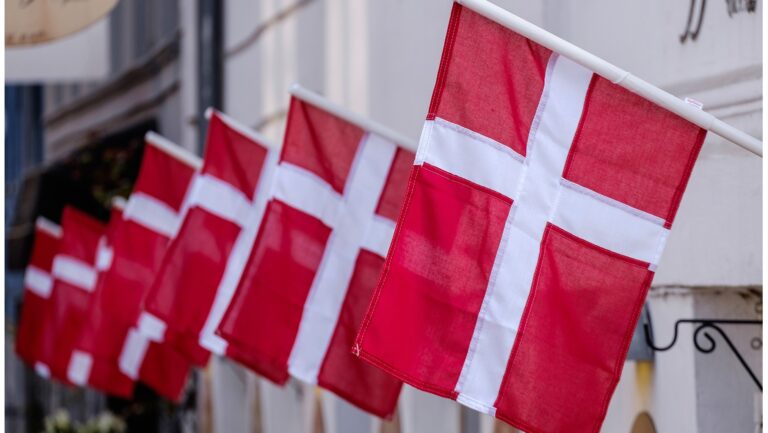On 29 October 2022, joint regional and municipal elections were held in Slovakia. This was the first time in the history of the country when the two administrative bodies were elected simultaneously. Not only mayors and town councillors but regional governors (i.e., county presidents) and county councillors were voted into office for a four-year term. From an ethnic minority point of view, both Hungarian and Roma communities have many reasons to celebrate.
According to political theorists, voter turnout is one of the ‘most important health indicators of every democracy with a non-compulsory voting system’.[1] In Slovakia, public participation in local, regional and European Parliamentary elections has been low for many years. This time, two elections were scheduled for the same day in order to boost the participation rate. Accordingly, the previous election cycle lasted not four but five years on the regional level. The combining of elections was also expected to reduce costs significantly.
Since 1996, Slovakia has been divided into eight counties. One of the unspoken goals of such a county division system was the deliberate fragmentation of the Hungarian minority electorate, which lives in large blocs along the country‘s southern border from east to west. Voters of Hungarian ethnicity are thus present in all four large southern counties, but they do not constitute a majority in any of them. The originally two-round election of county presidents has been modified since, and from now on only one round will take place.
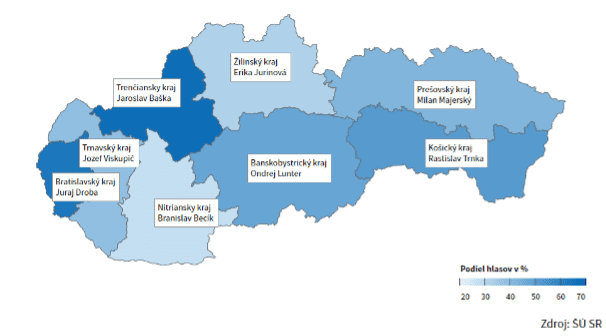
According to official data, an average of ten candidates applied for each governor position. The mean age of candidates was 49. The total number of regional councillor candidates was 3,059, an average of 382 per county. In their case, the mean age was 48 years. There were three ethnic Hungarian nominees for governor positions state-wide. Two of them—József Berényi and Tibor Csenger—were members of the party Aliancia – Szövetség (Alliance), and one—Roland Hakszer—ran for office as an individual candidate. As we can see on the electoral map, none of them was elected. However, the Hungarian party supported a candidate in the Prešov (Eperjes) and one in the Košice (Kassa) region. In the latter case, Hungarian-backed Rastislav Trnka managed to win the seat.
To sum up, at the national level, 4.4 million citizens were entitled to vote, of which a bit less than 44 per cent, 1.95 million went to the polls. As far as the results of the county elections are concerned, it can be said that the previous trend is continuing, and the majority of the population still tends to support independent aspirants over the nominees of the political parties. Translated into numbers, this means that close to 38 per cent of the available seats in the county councils were won by individuals who did not have support from any partisan entities.
It is also surprising that on the state level, the most widely supported party happened to be the 2021-founded unified Hungarian formation, Aliancia – Szövetség, which will obtain almost 13 per cent of the available seats and have 54 representatives state-wide in the next cycle alone. Furthermore, in cooperation with the parties Smer (Direction) and Hlas (Voice), Aliancia managed to win another 16 seats. This altogether represents a total of 16.71 per cent of the (70 out of 419). This is an excellent result and an encouraging sign for ethnic Hungarians two years before the upcoming parliamentary elections.
Examining the election results of the settlements, it can be said that 263 candidates supported by Aliancia – Szövetség have become mayors nationwide, representing 9.06 per cent of available places. This number includes both individuals supported exclusively by the party and those supported by ad-hoc local coalitions. The party Aliancia – Szövetség will give mayors to Šamorín and Dunajská Streda, but in Komárno, which is considered the Hungarian capital of the republic, the reigning mayor got re-elected. It is important to note that he is also a distinguished member of the local Hungarian community.
Not only the Hungarian community has reason to celebrate. As a result of the elections, in the next four years, Slovakia will have a record number of mayors of Roma ethnicity. According to the Matej Bela Institute (Inštitút Mateja Bela – IMB),[3] in this election, voters placed their trust in up to 52 Roma candidates and elected them mayors in the country, which is unprecedented in the history of independent Slovakia. The IMB’s statistics clearly show that there is a trend of gradual increase in the political influence of the Roma population. While in 2002, there were only a dozen Roma mayors in Slovakia, their number has increased. In 2014 thirty-eight, and in 2018 forty-four elected mayors who self-identified as ethnic Roma. It is important to note, however, that in many cases, there is an overlap between minorities. There are many examples of candidates whose mother tongue is either Slovak or Hungarian but who self-identify as ethnic Roma.
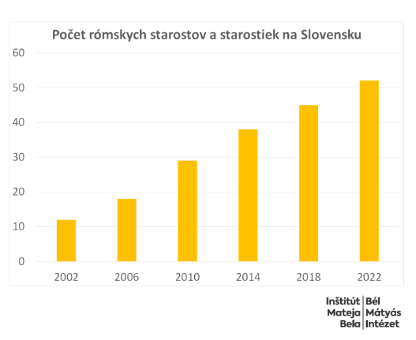
In summary, it can be said that in 2022 Hungarian unity was reborn in Slovakia. The new Hungarian party, Aliancia – Szövetség passed its first serious test with unexpected success. If the party continues to grow and perform to the satisfaction of the population, there is every chance that there will be Hungarian representatives in the Bratislava parliament again from 2024.
[1] Peter Munk Christiansen, Jørgen Elklit, Peter Nedergaard, The Oxford Handbook of Danish Politics, Oxford University Press, Oxford, 2020. p. 104.
[2] The source of all the data used in this study was the official website of the Statistical Office of the Slovak Republic, Volbysr.sk, https://volbysr.sk/osk/sk/volby_predsedu.html , accessed 13 November 2022.
[3] Inštitút Mateja Bela – Bél Mátyás Intézet, ‘Slovensko má po voľbách rekordný počet rómskych starostov a starostiek’, (6 November 2011), Imb-Bmi.org, https://imb-bmi.org/2022/11/06/imb-slovensko-ma-po-volbach-rekordny-pocet-romskych-starostov-a-starostiek/, accessed 15. November 2022.

